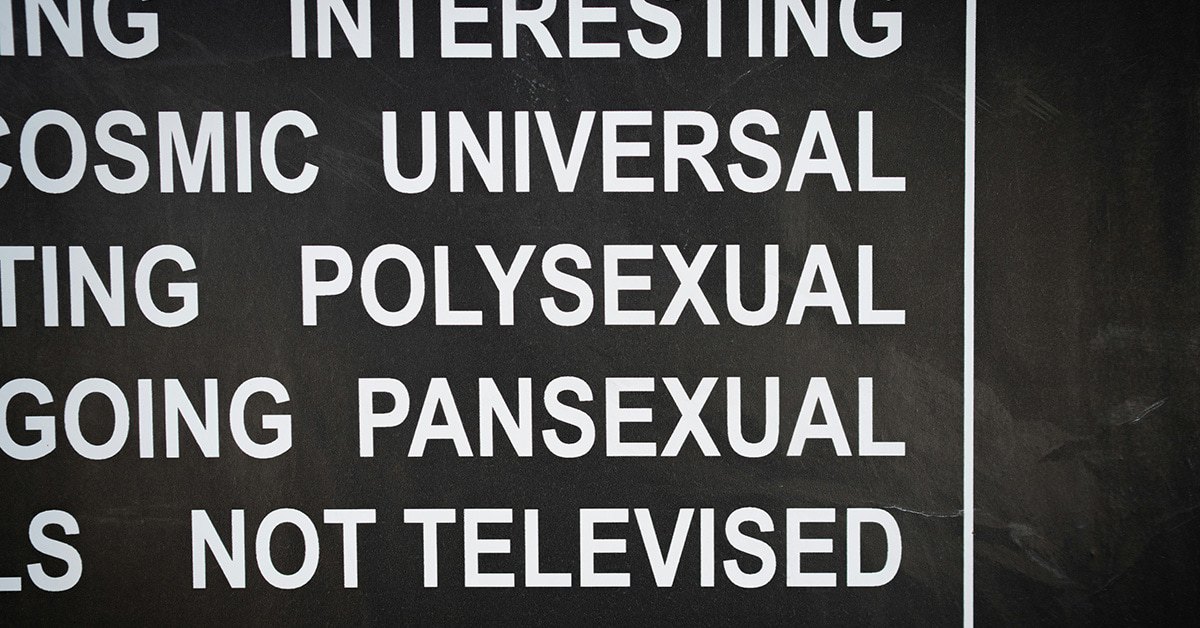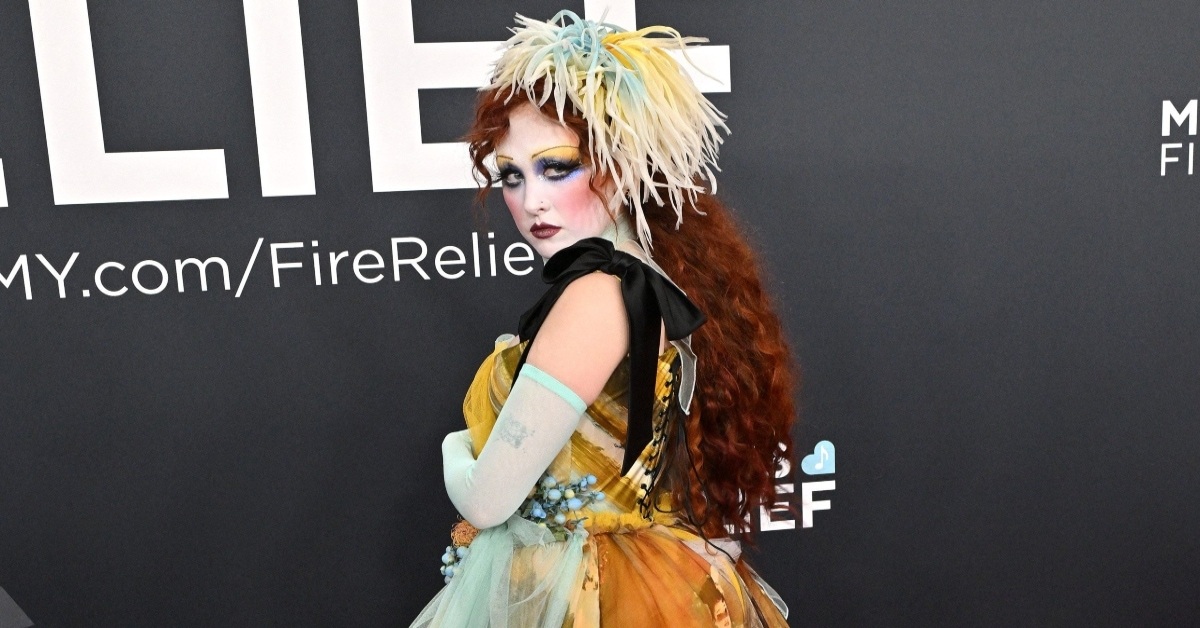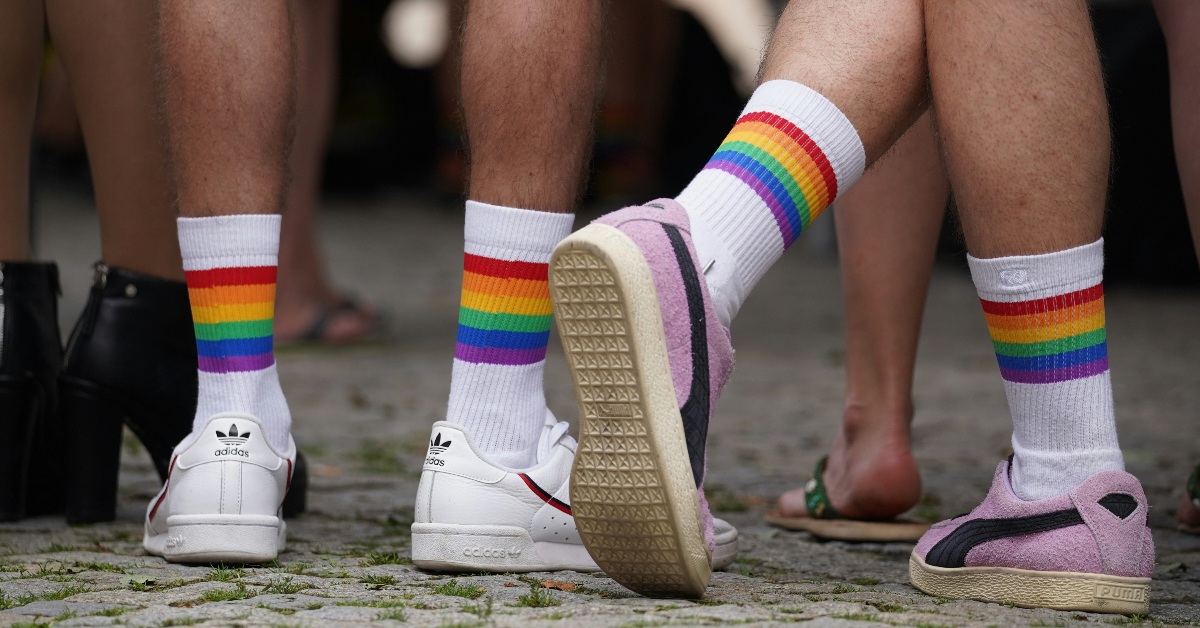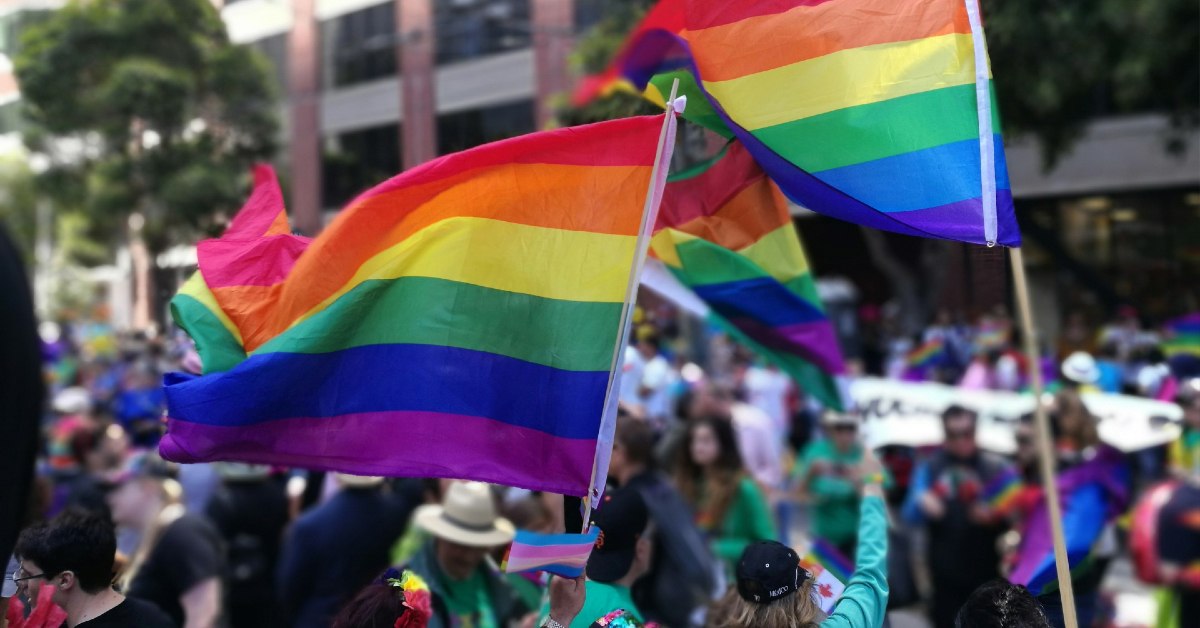BY: Callie Cadorniga
Published 3 months ago

No two LGBTQIA+ journeys are ever exactly alike. Still, one of the most common aspects of exploring your sexuality is finding out exactly where you feel comfortable within the vast and open community. In other words, you’ll probably find yourself asking which label sounds right for you in your queer romantic pursuits. There are tons of ways to identify, and it can get a little confusing, especially when you’re feeling out whether you’re omnisexual or polysexual.
If you’re attracted to multiple identities, regardless of label or gender, then calling yourself omni or poly might just be what you need. But is there a difference between these sexualities? Do they have anything in common? Let’s break down the comparisons, and you may just discover which one fits best.
What’s the difference between being omnisexual and polysexual?

We’ve previously covered being omnisexual in the past, but here’s a quick refresher. Omnisexual is “the physical or emotional attraction to all people.” While it may sound similar to pansexuality, where one finds people attractive regardless of gender, omnisexual people may view specific gender identities as factors for being attracted to someone.
“[Omnisexual people] typically can prefer one over the other or have a particular liking for a specific identity,” Ashley Blackwell writes.
That said, omnisexuality can still encompass an attraction to all genders, even if preferences still prevail, hence the “omni-“.
Polysexuality has some notable differences.

On the other hand, preference may be a heavier factor in being polysexual. Not to be confused with polyamorous relationships, polysexual is characterized as the attraction to many, but not necessarily all gender identities. Polysexual folks still disregard the gender binary when it comes to attraction, but their search for romantic partners may be a bit more fine-tuned.
Gabrielle Smith for Cosmopolitan writes that, “Being polysexual may mean being attracted to all genders with the exception of cis men. It can also mean being attracted only to masculine-presenting folk regardless of gender.”
Therein lies perhaps the most notable difference between omnisexual and polysexual. While the terms are sometimes used interchangeably, a polysexual person may exclude certain identities from their sexual attractions altogether. Meanwhile, omnisexual people may still retain personal preferences but are more open to romantic partners of any and all gender identities.
Of course, there exists some level of overlap. Both omni and poly folks can still operate outside the gender binary in their quests for intimacy. Even if they do have preferences, they do factor in the wider LGBTQIA+ community at large in terms of who they like like.
You may find yourself pursuing femme-presenting individuals and find no attraction to male-coded folks. In which case, you may be polysexual. If you’re more into enby hotties but are still open to the idea of dating a demigirl, omnisexuality could fit you well. But as with any form of sexuality, it’s all about what makes you feel most comfortable and loved in the moment.
Do you feel as if being omnisexual or polysexual accurately describes your sexuality? Let us know in the comments!










